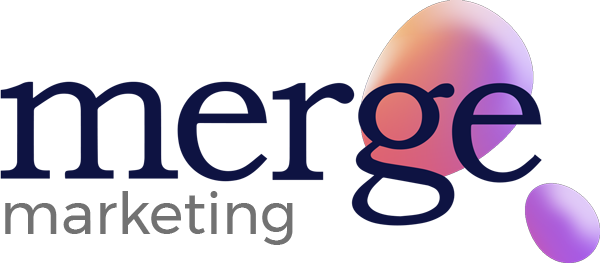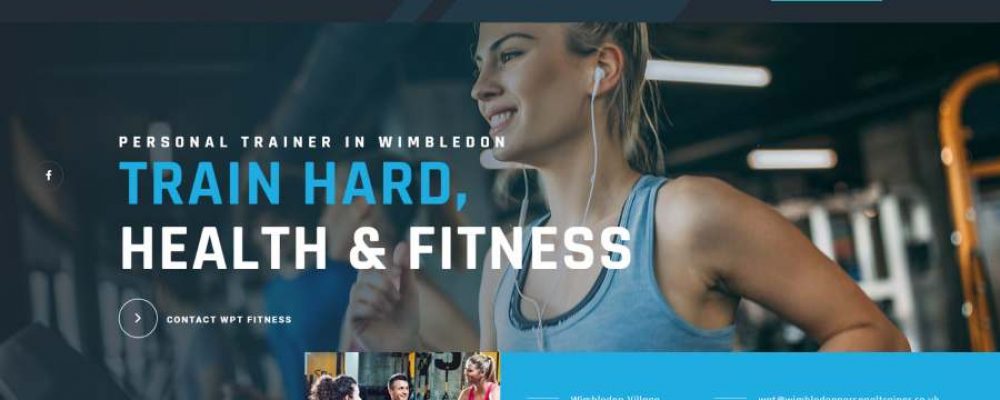SEO For Gyms: How To Get To The Top Of Google
If you’re the owner of a gym, you know that new members are the lifeblood of your business. The more folks you can get to come in and try out your facilities and get hooked on the energy at your gym, the better. But turning a profit on Google Ads is getting more expensive every year as more companies jump on board. That’s where SEO comes in!
This article will explore the benefits of SEO for gyms, fitness centres and health clubs and explain how they can use it to get more members and customers.
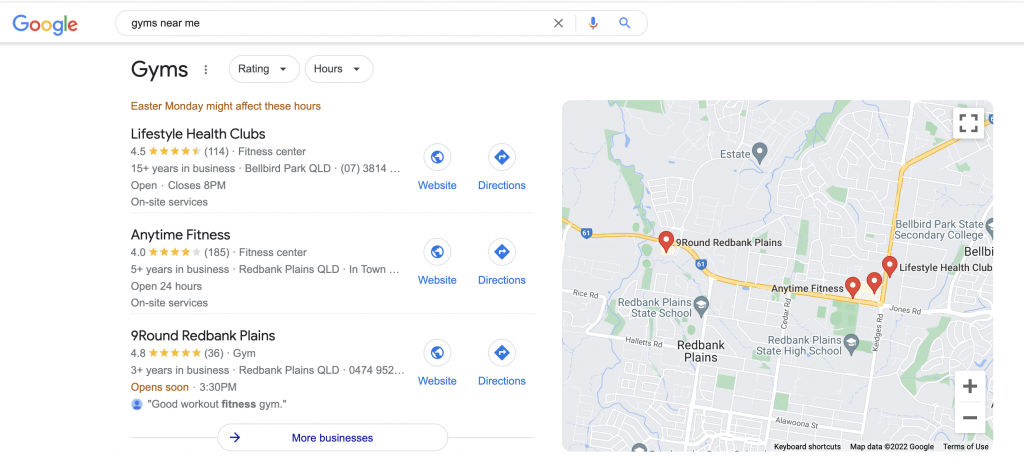

What Is SEO?
SEO (search engine optimisation) is the practice of making sure that your website shows up for relevant search terms on Google. When someone searches for a “gym near me,” or “gyms with child care,” you want to make sure that your site pops up in the results! A solid SEO strategy will help ensure your gym lands at the top of a search results page.
SEO involves optimising many elements of a webpage—from its headlines to its images, from its content to its URL—to increase the chances that it will rank well for specific keywords. This helps Google’s algorithm understand what your site is about, and makes sure that it serves up the most relevant information when someone searches something like “best gyms in town.”
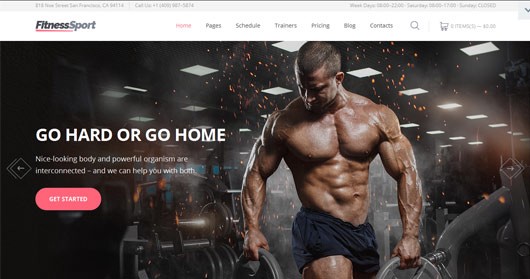

What Are The Benefits Of SEO For Gyms?
Search engine optimisation is beneficial for any business or brand that wants to increase their online visibility. This is especially true for local businesses and services, like gyms. People rarely drive around looking for a fitness centre; they typically start by Googling one.
SEO is the process of making changes to your website that make it appear higher in search engine results for relevant keywords and phrases. Achieving a higher ranking in search results can result in a range of major benefits:
1. Get noticed by potential members who are looking for a gym
2. Stand out from competitors
3. Be found by people in your area, especially if you have a local business
4. Save money on advertising; SEO helps to drive more traffic to your site over time, so you don’t have to pay for ads
5. Look like an expert by creating content around fitness and health-related topics; this will make more people trust you as an industry leader
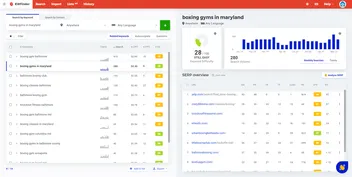

#1 SEO Tip For Gyms: Find Relevant Keywords
Keywords are the lifeblood of search engine optimisation (SEO). It’s all about getting people to find your website in Google, which means you need to get your keywords right.
Keyword research tools like KeywordsFX, Keyword Tool, and Answer the Public are great because they are based on actual search data. And they can help you uncover keywords and phrases people search online to find your practice.
These tools can help you find search trends and give you ideas on what to talk about on your site, which can be very valuable when you aren’t sure where to start. For example, if we were optimising a website we could use these tools to discover alternative topics people would search when searching for “restaurants near me”.
By discovering this data you can then make sure your website content was relevant and present yourself as a solution for the issue.
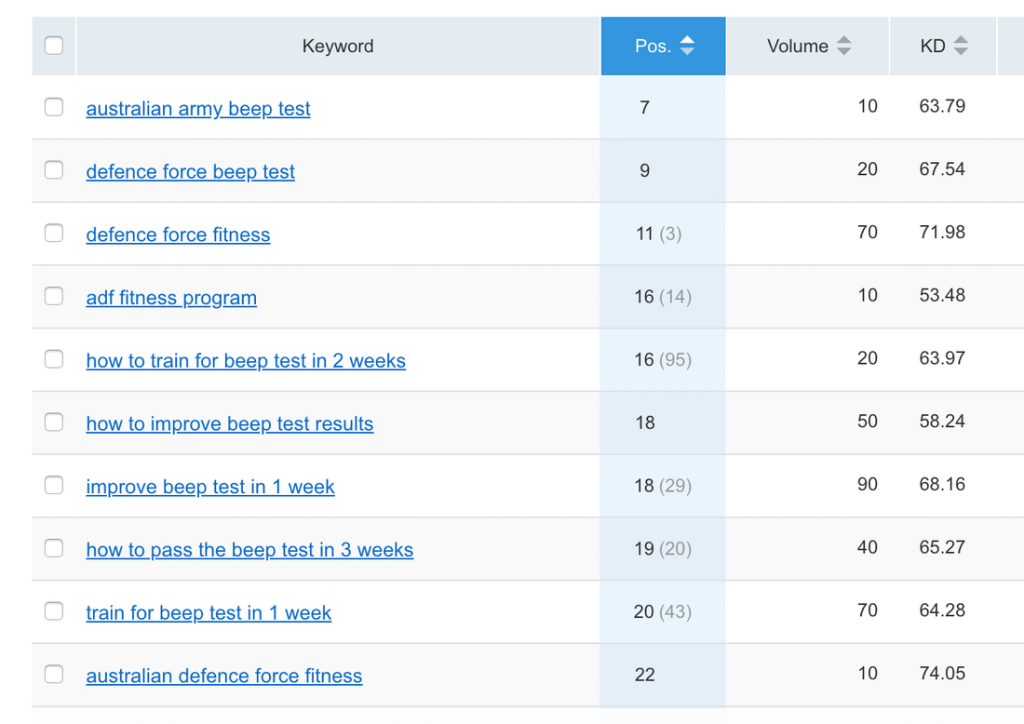

#2 SEO Tip For Gyms: Create Your SEO Strategy
A well-crafted content strategy can help you drive traffic to your business’s website. This SEO content strategy template includes strategies, templates and samples of content that may help you in your own marketing efforts.
If you want your site to succeed, you need to be thinking about two things:
- creating and publishing unique, helpful content
- positioning your company as a leader in your field.
If you have a blog, make sure to update it regularly with industry news, helpful information, and the latest company news. Giving readers the inside scoop is an effective way to keep them engaged on your site and give them something interesting to look at.
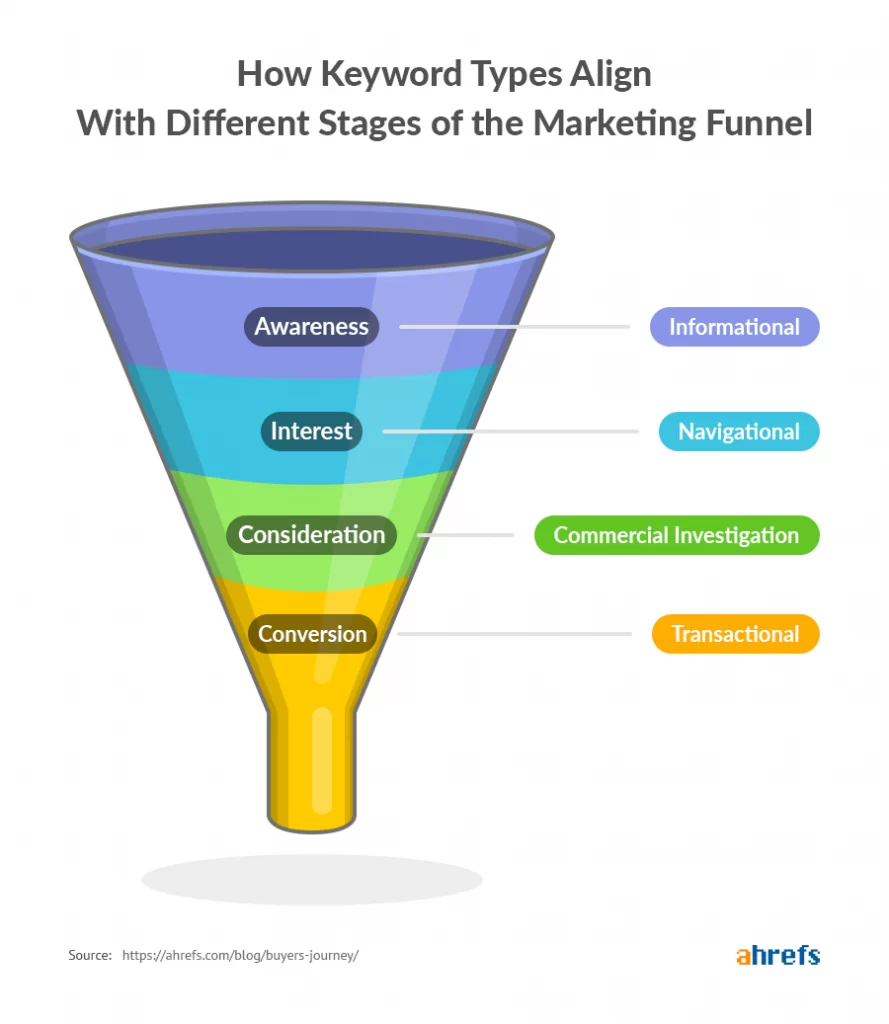

#3 SEO Tip For Gyms: Optimise Your Website With Relevant Keywords
You want your website to be easily discoverable in major search engines. For this to happen, you need to optimise your website with relevant keywords.
We’ve included a quick guide below to help you with the process of on-page optimisation:
- Title tag – The title of the page that a user will see within Google search results, ideally between 50-60 characters long
– e.g Brisbane | Sydney | Melbourne - H1 – The heading of the page which should tell the user what the content is about
- Content – Text written on the page, it is recommended to include the target city/location within here with relevant keywords
- Alt Tags – This is the text that describes what an image represents, it should include the target location within the description here
- Meta Description – This is the snippet of text underneath the search result on Google, include the target /location with a relevant keyword at least once (between 150 and 160 characters long)
Pro tip: We recommend adding keywords in sub headings. This way people can easily scan the content as they scroll down the page.
#4 SEO Tip For Gyms: Optimise For Local Search
When people search online for businesses in your area, you want to appear at the top of the results.
The easiest way to optimise your site for local search is by adding location keywords in your page titles, headings, and site content. Optimising your website for search engine optimisation is a long-term battle. You need to be consistently inserting relevant keywords into phrases you index, and spotting opportunities to rank for highly specific words. It always pays to be systematic, especially when prioritising work to reduce search engine ranking fatigue
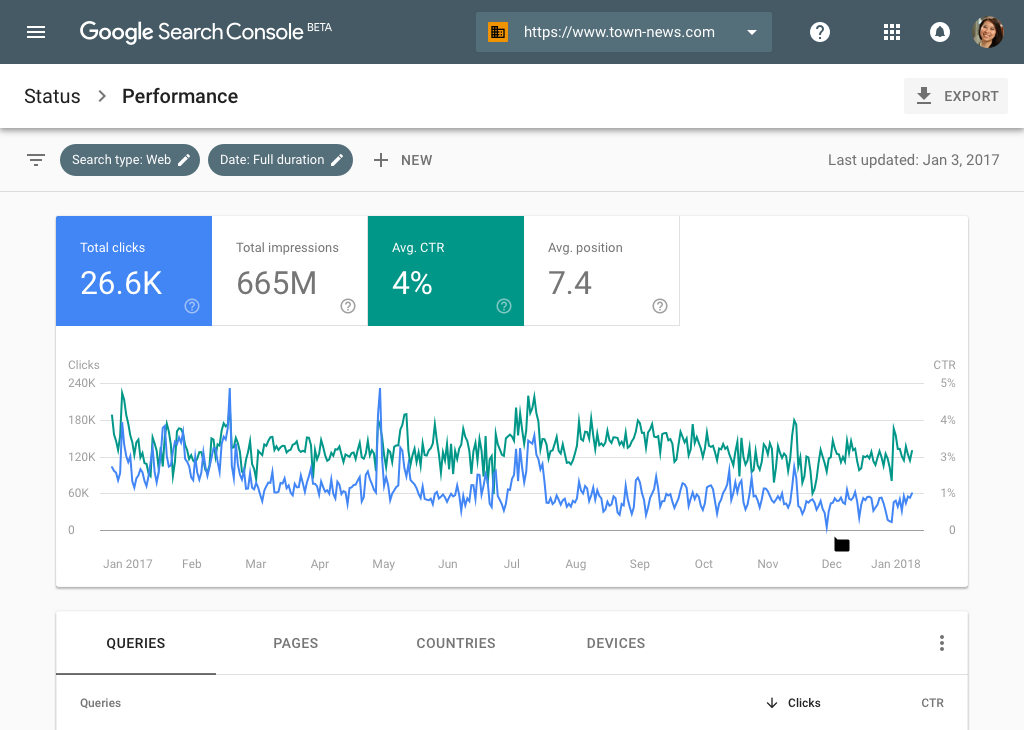

#5 SEO Tip For Gyms: Setup Google Search Console
Google Webmaster Tools can help you monitor the status of your website on search engines like Bing and Yahoo, and even gives you the direct IP address. This helps you fix technical issues or check if your website seems to have slowed down or a page is not loading properly. Use this tool if you’re having any technical issues with your site.
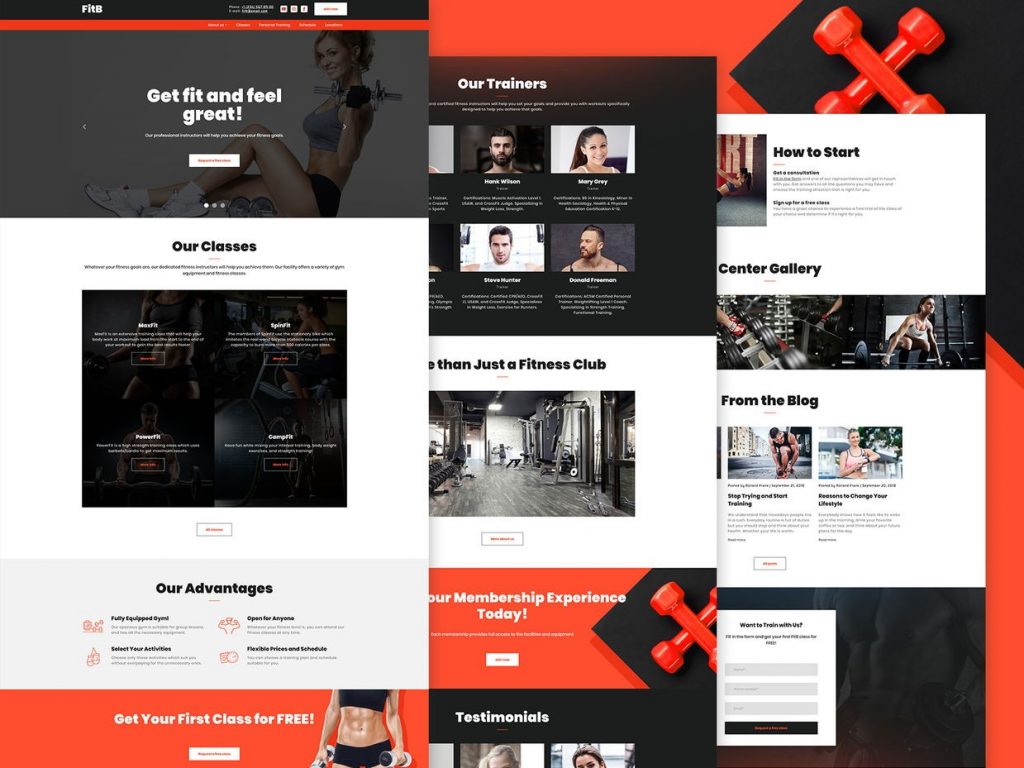

#6 SEO Tip For Gyms: Build Links To Your Website
A backlink is a link on one website that points to another website.
When Google sees multiple websites linking to your site, it assumes you must have something special going on—and it ranks you higher in the search results. This is particularly helpful for gyms because it allows them to get noticed even if their site isn’t as popular as larger sites that already rank well.
While there are many strategies for building backlinks, one of the most common methods is guest posting. Guest posting involves contacting a blog or website with similar interests and offering to write an article for them. The blog or website will often link back to you in exchange for your content. This is great for physiotherapists because it allows them to gain exposure from a relevant audience while also forging new relationships in their industry.
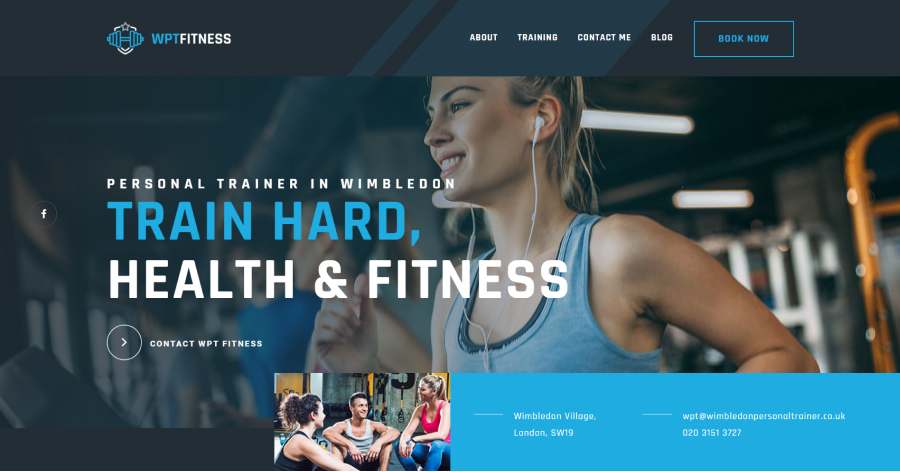

SEO For Gyms Requires A Specialised Approach
SEO for gyms requires a specialised approach. There are many reasons why this is the case, but it all boils down to the fact that, in order to succeed, you need an expert in your corner who knows exactly what they’re doing.
SEO is a great way for gyms to gain visibility and become known to their target audience. In the vast landscape of the internet, standing out is the first step toward getting your business in front of those who are searching for you.
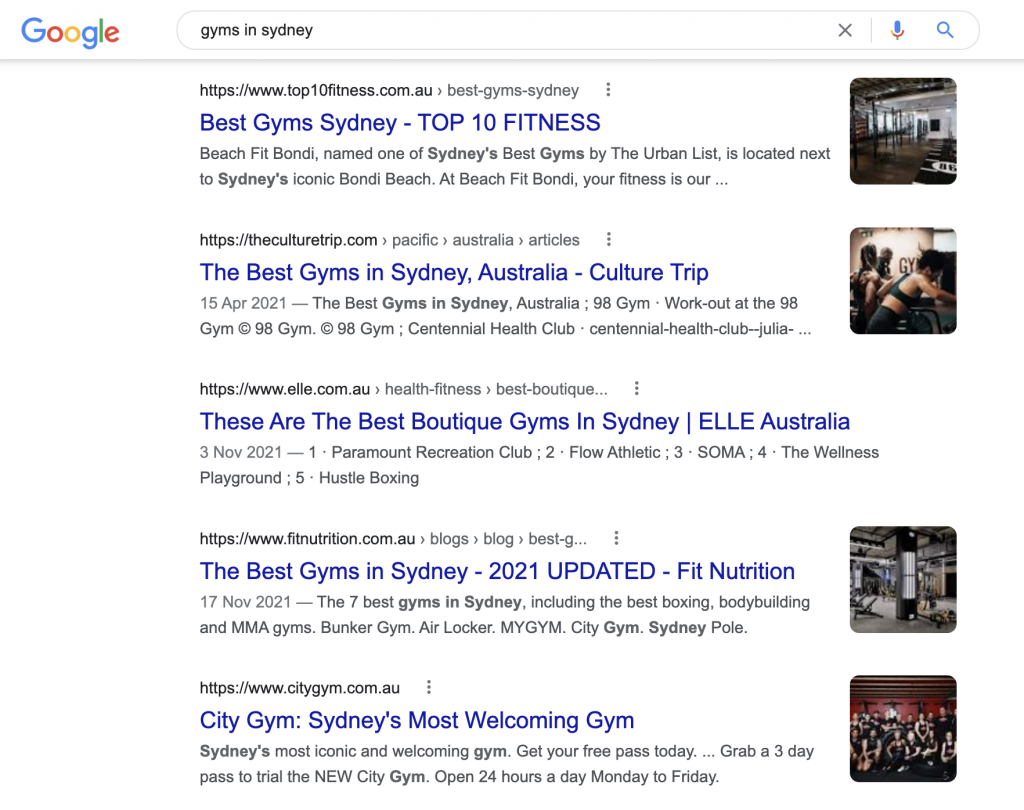

Need Help With SEO For Your Gym?
Find an Australian SEO agency for your gym, health club or fitness centre:
If you’re a gym owner, you know how much of a struggle it can be to get people in the door.
Maybe you put up some flyers around town, send out mailers, or try to attract new customers with a discount on the first month of membership. And yet: nothing.
So what gives?
In this day and age, where most people are online all the time, your best bet is going to be getting potential customers to find your gym through Google search results.
But what’s the deal with SEO, anyway? Isn’t it expensive? Is it even worth it?
Here’s the thing: SEO is done by our agency. So there’s no extra work on your part. You just have to sign up and wait for the customers to start rolling in!
The best part? It won’t break the bank.
